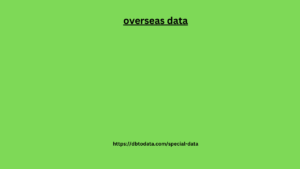The 2024 edition of the Researcher to Reader Conference (R2R)—an annual
gathering of researchers, editors, publishers, publishing service providers,
and librarians—was held in London, UK, on 20 and 21 February. As I reflect on drafting
this article for the ISC while awaiting my flights to Dhaka, Bangladesh, after attending
this conference, I am fascinated, yet not surprised, by how open access (OA) has influenced the discussions at the event.
Let me provide
You with some examples. Five parallel workshops were held in three slots—a distinctive
format practiced uniquely at the R2R conference. All workshops touched upon
open access (OA) and open science (OS) in some capacity. However, those focusing
on OA book usage data, on sharing and reusing of research data, and innovations in
peer review, delved deeper into discussions on OA/OS.
In total,
16 lightning talks were delivered by a wide range of organizations, with many addressing OA. For instance, De Gruyter, a 275-year Berlin-based publisher, recently announced its five-year plan to transition its journals to overseas data OA using the Subscribe to Open (S2O) model (or DG2O).
Similary,
The Bloomsbury Open Collections also follows a collective-action S2O-type OA model for books and has been running a pilot project for a year now. Expanding on open access books, the Mellon Foundation supports the OA Book Data Usage this applies to small, medium and large Trust, while the OAPEN Foundation explores diversity in bibliography of OA books. The Royal Society of Chemistry (RSC) shared their new community-based, financially sustainable OA model (RSC Platinum consortia model), which is currently being piloted in canada data Germany, as an alternative to the read-and-publish model.
The plenary
sessions at R2R showcased the significance of Open Access (OA) – it was as big as it could be. Dr. Kamran Naim, Head of Open Science at CERN (European Organization for Nuclear Research), shared insights into the decade-long journey of SCOAP3 (Sponsoring Consortium for Open Access Publishing in Particle Physics), a collaborative effort involving over 3000 entities. On the other side of the Atlantic, two deans from US universities emphasized the value of transformative agreements (TAs) and other OA strategies within the American scholarly landscape. Their presentations encouraged us to consider whether TAs represent the best path towards an open future.
Dr. Ana Heredia,
joining us online from Brazil, highlighted the remarkable progress of Latin America
in publishing a significant volume of diamond OA journals (around 90% of total journals) by developing
the necessary regional infrastructure. She also noted the
heterogeneity in the funding and policy space, and the varying acceptance of diamond
OA journals across the scholarly ecosystem. In another session, experts from China,
India, and Japan virtually connected with the R2R audience at the BMA House in London, sharing insights into the
evolving research and publishing landscape and
culture in their respective countries, including discussions on OA/OS.

